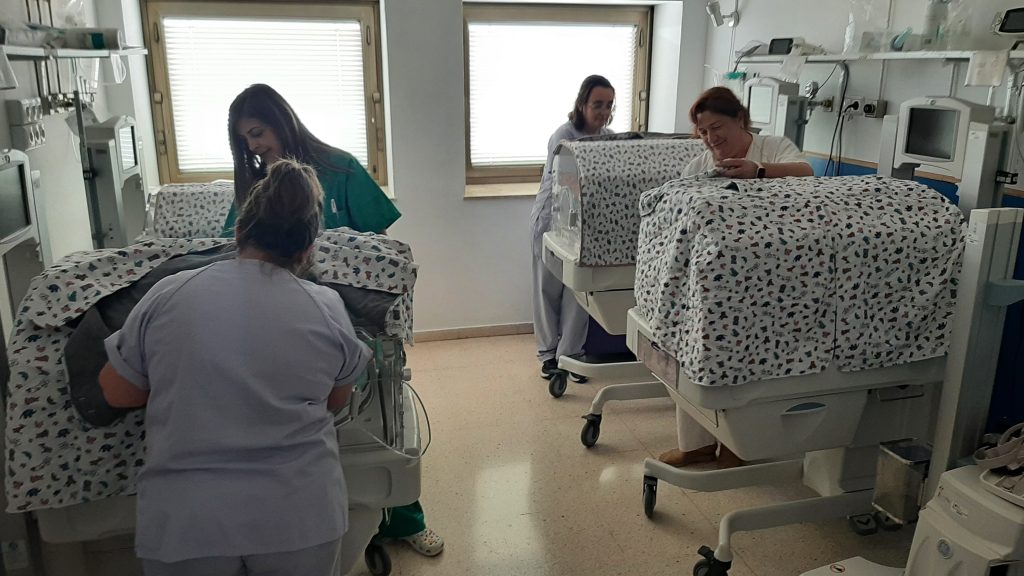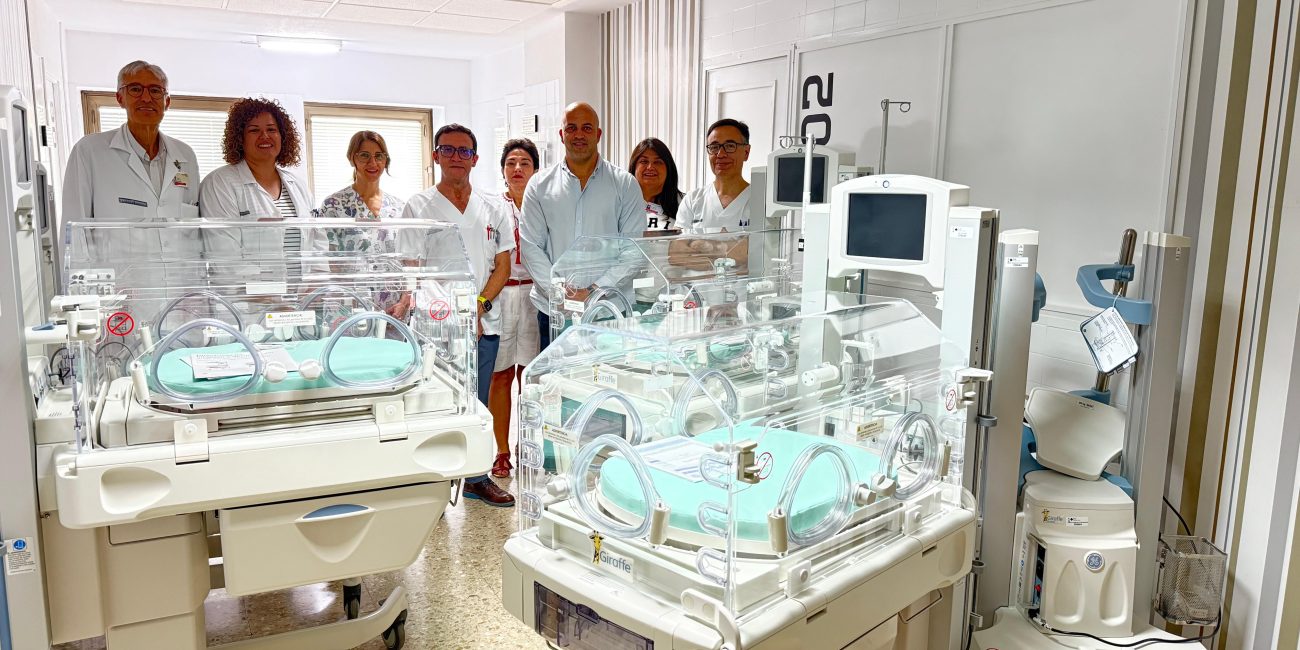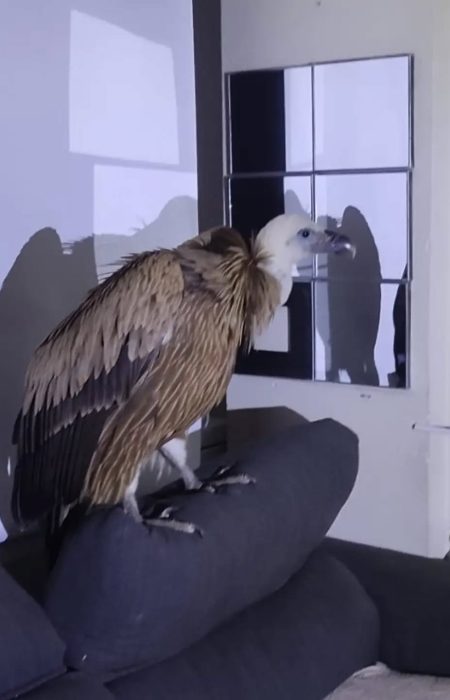Four incubators and a state-of-the-art conveyor have been integrated into the Neonatology Service of the Hospital General Universitario de Elche, a project that has necessitated an estimated 118,000 euros of investment.
The new incubators are distinguished by their versatility, as they are both an incubator and radiant heater in one. They are also notable for their emphasis on the thermal stability of the baby, their ease of access for staff and family, and their integration of sophisticated technology to provide comprehensive care and monitoring for the newborn. Children admitted to the Neonatal Intensive Care Unit (NICU) and the Neonatology Service will utilise these devices.
In addition to providing direct care to the health department of Elche-General Hospital, which registers 1,200 births annually, this neonatology area (Neonatal Unit and NICU) is the NICU of reference for the health departments of Torrevieja, Orihuela, Elx-Crevillent, and the private IMED-Torrellano Hospital, which collectively attend to over 5,000 births annually. This area is assigned to the Paediatrics service. The Ilicitana Neonatal Unit will admit 285 neonates in 2024, while the Neonatal ICU will admit 154.
Most recent technological advancements
A transporter (shuttle) is incorporated into the four incubators, enabling the adaptation of a respirator and the complete monitoring of patients. This transforms the incubators into intrahospital transport incubators, facilitating the transition of newborns from the delivery room/operating room to the unit or NICU without the need to change incubators. Another intrahospital transport incubator that the Unit currently possesses is complemented by this incubator with a transporter.
In 2026, the four new incubators will be supplemented by an additional four, as the goal is to renew all positions in the NICU. Currently, the NICU has nine positions, one of which is a warm cradle that is designed to maintain the body temperature of neonates, particularly premature infants or those with health issues.
The primary enhancement of the new incubators is that they are hybrids, which means that they integrate the functions of a traditional incubator and a radiant heater into a single piece of equipment. Consequently, they function as a closed incubator, maintaining a warm and humid environment, and as a radiant heater in response to a single button press. This reduces stress and heat loss and eliminates the necessity to move the infant.
Furthermore, they are equipped with an air curtain system that ensures the baby’s thermal stability by preventing heat loss when the access panels are opened. Additionally, they are equipped with temperature and humidity regulation and deliver consistent and consistent radiant heat in any mattress position.

Comfort and accessibility for both the patient and the carer
The new equipment features a 360° rotating mattress that enables the infant to turn without being moved, thereby facilitating clinical procedures, examinations, and the appropriate placement of various interventions. It is also capable of sliding to facilitate skin-to-skin contact with parents.
The access doors are wide and can be lowered or removed, allowing for access to the infant from any direction. The design is centred on the family, with the goal of reducing stress for the baby and its parents. This promotes the emotional bond and enables the family to participate in the care process.
The incubator mattress is engineered to enhance the comfort of the infant by dispersing the pressure and preserving the baby’s skin’s integrity. The elevating base, on the other hand, enables carers and parents to customise the incubator’s height to ensure their comfort.
In terms of technology, they are equipped with a colour touch screen that allows for the monitoring and control of the baby’s and equipment’s parameters. Additionally, they have an integrated scale that allows for the weighting of the infant without the need to remove it from the incubator.
One of the enhancements is the inclusion of an integrated X-ray plate, which is transparent and radiolucent, allowing for the X-ray to be taken without the need to move the infant.
Additionally, they feature access ports for tubes and cables that facilitate the connection of supplementary equipment and alarm systems. These systems feature adjustable sound levels and alarm lights that are visible to the clinical staff, but are not visible to the infant. Furthermore, they possess the capacity to interact with the patient’s electronic clinical history and all other hospital information systems. In summary, they are intended to reduce pollution and provide air filtration.
Dr. José Pastor, the head of the Paediatric Service at the General Hospital of Elche, has guaranteed that the acquisition of the 8 incubators, of which four have been received this year, “will enable the renewal of the service and the continued maintenance of levels of excellence in the assistance and safety of the patients treated who are characterised by their extreme fragility.”
“The Neonatal Unit and NICU have implemented a strategy to renovate and enhance their facilities and sanitary equipment, which includes the integration of new incubators.” The specialist concluded that new high-flow equipment, two new state-of-the-art ventilators for invasive and non-invasive ventilation, and the renewal of the centralised monitoring of the nine NICU positions have been implemented, among other enhancements.









No Comment! Be the first one.